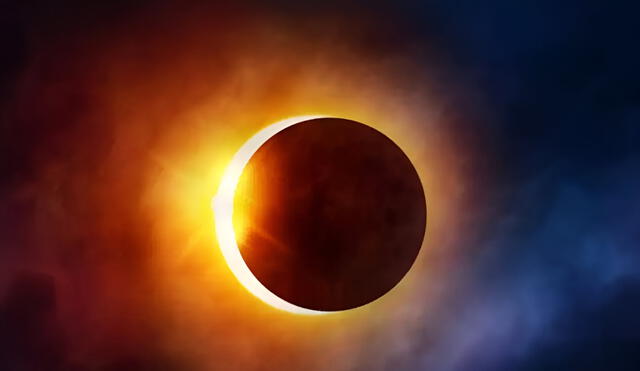Partial solar eclipse on March 29, 2025: Viewing details for Washington D.C.
Catch a rare celestial spectacle in Washington D.C. as the partial solar eclipse graces the sky at sunrise! Find out the exact timing, best viewing spots, and safety tips to experience this cosmic event safely and memorably.

On March 29, 2025, a partial solar eclipse will be visible from various parts of the United States, captivating skywatchers across the country. The phenomenon occurs when the Moon partially covers the Sun, creating a celestial spectacle. While the eclipse will not be total, certain regions will experience a significant portion of the Sun being obscured. The visibility of the eclipse will vary depending on location, with the best views in the western and central parts of the U.S.
Washington D.C. eclipse viewing guide: Timing, safety tips, and best spots
In Washington D.C., the partial eclipse will be visible at sunrise, offering a brief but intriguing sight. The eclipse will begin at 6:56 a.m., reach its maximum at 6:59 a.m. with about 1% of the Sun covered, and conclude at 7:01 a.m. Observers in the capital should find a clear, unobstructed view of the eastern horizon to witness the event. As always, using ISO 12312-2 certified eclipse glasses is crucial for safe viewing.
Weather conditions will play a significant role in determining visibility, with clear skies providing the best opportunity to observe the event. Those planning to watch should check local forecasts and prepare accordingly. Whether seen in person or online, the eclipse will be a remarkable astronomical event, offering a moment to marvel at the wonders of the universe.Washington D.C. eclipse viewing guide: Timing, safety tips, and best spots
How to safely watch the 2025 solar eclipse: Best viewing locations and live Streams
Major cities such as Los Angeles, Denver, and Chicago will witness a noticeable partial eclipse, while areas on the East Coast will experience a more subtle event. Experts recommend using certified eclipse glasses to safely observe the phenomenon, as looking directly at the Sun without proper protection can cause severe eye damage. Planetariums and observatories across the country are organizing special events to provide safe viewing experiences for the public.
In addition to public viewing events, online live streams will be available for those unable to witness the eclipse in person. NASA and other scientific organizations will broadcast real-time footage, allowing viewers worldwide to follow the event. Astronomers emphasize the importance of understanding solar eclipses, as they offer valuable opportunities for scientific research and public engagement in astronomy.












